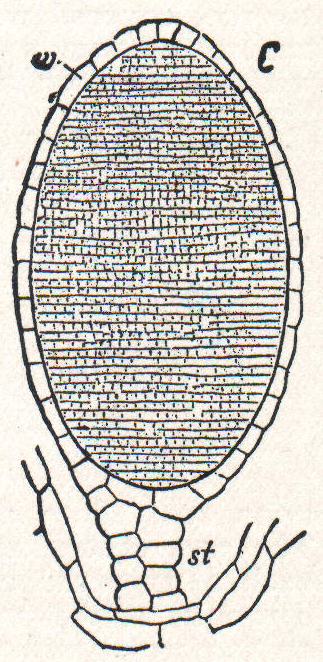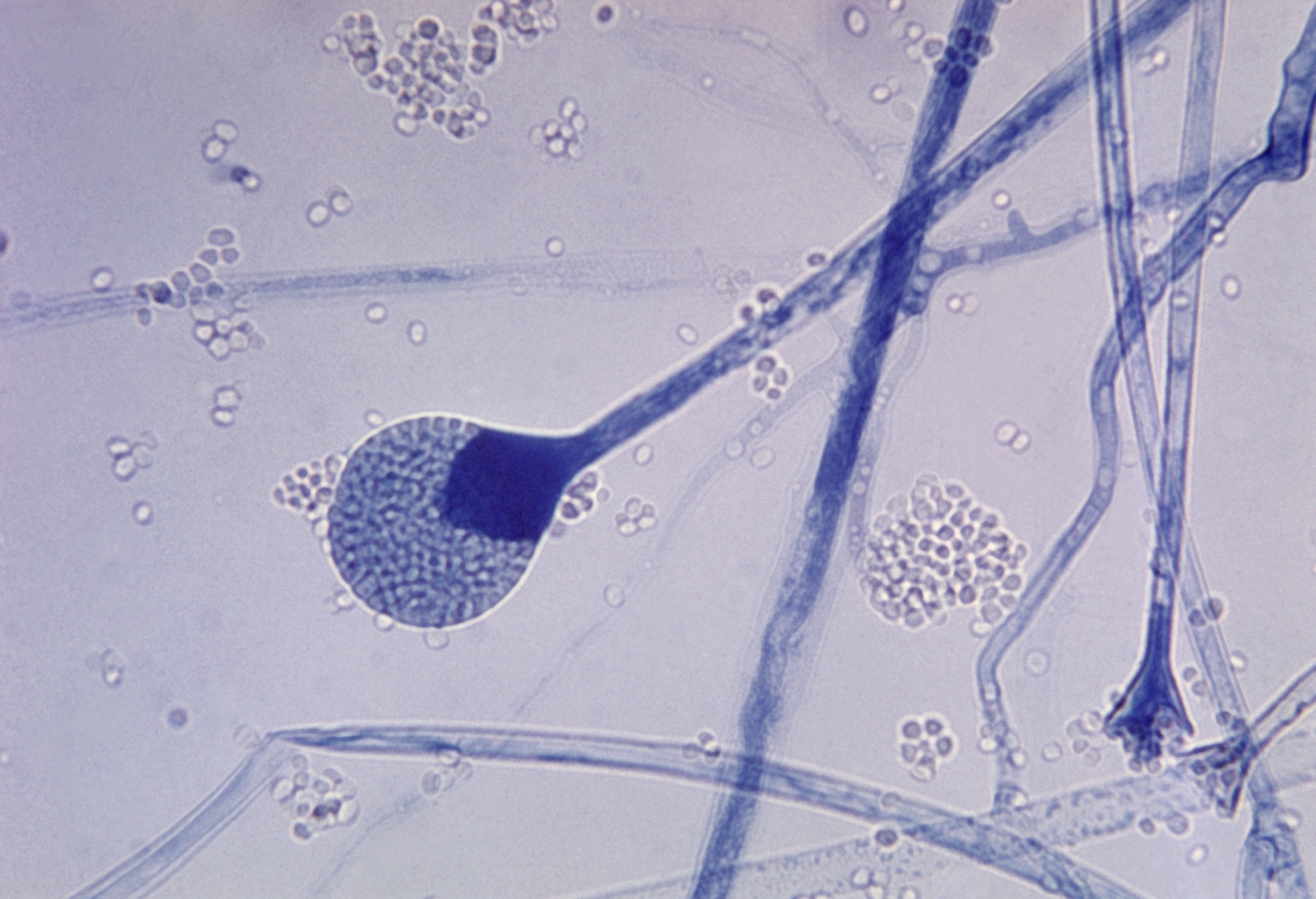|
Phytophthora Uliginosa
''Phytophthora uliginosa'' is a non-papillate homothallic plant pathogen that mainly infects European oak. It differs from other species of the genus (like '' P. fragariae'') by its large oogonia with exclusively paragynous antheridia and the predominant occurrence of ellipsoid sporangia with markedly wide exit pores. ''P. uliginosa'' is separated from '' P. europaea'' by its larger oogonia without tapering bases and its greater aggressiveness on ''Quercus robur ''Quercus robur'', the pedunculate oak, is a species of flowering plant in the beech and oak family, Fagaceae. It is a large tree, native plant, native to most of Europe and western Asia, and is widely cultivated in other temperate regions. It ...''. References Further reading * * * * uliginosa Water mould plant pathogens and diseases Tree diseases Protists described in 2002 {{plant-disease-stub ... [...More Info...] [...Related Items...] OR: [Wikipedia] [Google] [Baidu] |
Thomas Jung (biologist)
Thomas Jung may refer to: * Thomas Jung (politician) (1957–2022), German politician (AfD) * Thomas Jung (rower) (born 1969), German rower * Thomas Jung (conductor) (born 1984), German conductor {{hndis, Jung, Thomas ... [...More Info...] [...Related Items...] OR: [Wikipedia] [Google] [Baidu] |
Papillate
This glossary of botanical terms is a list of definitions of terms and concepts relevant to botany and plants in general. Terms of plant morphology are included here as well as at the more specific Glossary of plant morphology and Glossary of leaf morphology. For other related terms, see Glossary of phytopathology, Glossary of lichen terms, and List of Latin and Greek words commonly used in systematic names. A B ... [...More Info...] [...Related Items...] OR: [Wikipedia] [Google] [Baidu] |
Homothallic
In fungi and algae, homothallism refers to the condition in which a single individual or thallus carries the genetic determinants (i.e., both mating types or sexes) required to undergo sexual reproduction without the need for a distinct mating partner. The opposite sexual functions are performed by different cells of a single mycelium. It can be contrasted to heterothallic. It is often used to categorize fungi. In yeast, heterothallic cells have mating types a and α. An experienced mother cell (one that has divided at least once) will switch mating type every cell division cycle because of the ''HO'' allele. Sexual reproduction commonly occurs in two fundamentally different ways in fungi. These are outcrossing (in heterothallic fungi) in which two different individuals contribute nuclei to form a zygote, and self-fertilization or selfing (in homothallic fungi) in which both nuclei are derived from the same individual. Homothallism in fungi can be defined as the capability of an ... [...More Info...] [...Related Items...] OR: [Wikipedia] [Google] [Baidu] |
Plant Pathogen
Plant diseases are diseases in plants caused by pathogens (infectious organisms) and environmental conditions (physiological factors). Organisms that cause infectious disease include fungi, oomycetes, bacteria, viruses, viroids, virus-like organisms, phytoplasmas, protozoa, nematodes and parasitic plants. Not included are ectoparasites like insects, mites, vertebrates, or other pests that affect plant health by eating plant tissues and causing injury that may admit plant pathogens. The study of plant disease is called plant pathology. Plant pathogens Fungi Most phytopathogenic fungi are Ascomycetes or Basidiomycetes. They reproduce both sexually and asexually via the production of spores and other structures. Spores may be spread long distances by air or water, or they may be soil borne. Many soil inhabiting fungi are capable of living saprotrophically, carrying out the role of their life cycle in the soil. These are facultative saprotrophs. Fungal diseases ma ... [...More Info...] [...Related Items...] OR: [Wikipedia] [Google] [Baidu] |
European Oak
''Quercus robur'', the pedunculate oak, is a species of flowering plant in the beech and oak family, Fagaceae. It is a large tree, native to most of Europe and western Asia, and is widely cultivated in other temperate regions. It grows on soils of near neutral acidity in the lowlands and is notable for its value to natural ecosystems, supporting a very wide diversity of herbivorous insects and other pests, predators and pathogens. Description Pedunculate oak is a deciduous tree up to tall, with a single stout trunk that can be as much as in girth (circumference at breast height) or even 14 m in pollarded specimens. Older trees tend to be pollarded, with boles (the main trunk) about 3 m long. They often live longer and become more stout than unpollarded trees. The crown is spreading and unevenly domed, and trees often have massive lower branches. The bark is greyish-brown and closely grooved, with vertical plates. There are often large burrs on the trunk, which typically pro ... [...More Info...] [...Related Items...] OR: [Wikipedia] [Google] [Baidu] |
Phytophthora Fragariae
''Phytophthora'' (from Greek (''phytón''), "plant" and (), "destruction"; "the plant-destroyer") is a genus of plant-damaging oomycetes (water molds), whose member species cause economic losses on crops worldwide, as well as environmental damage in natural ecosystems. The cell wall of ''Phytophthora'' is made up of cellulose. The genus was first described by Heinrich Anton de Bary in 1875. Approximately 210 species have been described, although 100–500 undiscovered ''Phytophthora'' species are estimated to exist. Pathogenicity ''Phytophthora'' spp. are mostly pathogens of dicotyledons, and many are relatively host-specific parasites. '' P. cinnamomi'', though, infects thousands of species ranging from club mosses, ferns, cycads, conifers, grasses, lilies, to members of many dicotyledonous families. Many species of ''Phytophthora'' are plant pathogens of considerable economic importance. '' P. infestans'' was the infective agent of the potato blight that caused the Grea ... [...More Info...] [...Related Items...] OR: [Wikipedia] [Google] [Baidu] |
Oogonia
An oogonium (: oogonia) is a small diploid cell which, upon maturation, forms a primordial follicle in a female fetus or the female (haploid or diploid) gametangium of certain thallophytes. In the mammalian fetus Oogonia are formed in large numbers by mitosis early in fetal development from primordial germ cells. In humans they start to develop between weeks 4 and 8 and are present in the fetus between weeks 5 and 30. Structure Normal oogonia in human ovaries are spherical or ovoid in shape and are found amongst neighboring somatic cells and oocytes at different phases of development. Oogonia can be distinguished from neighboring somatic cells, under an electron microscope, by observing their nuclei. Oogonial nuclei contain randomly dispersed fibrillar and granular material whereas the somatic cells have a more condensed nucleus that creates a darker outline under the microscope. Oogonial nuclei also contain dense prominent nucleoli. The chromosomal material in the ... [...More Info...] [...Related Items...] OR: [Wikipedia] [Google] [Baidu] |
Paragynous
{{Short pages monitor ... [...More Info...] [...Related Items...] OR: [Wikipedia] [Google] [Baidu] |
Antheridia
An antheridium is a haploid structure or organ producing and containing male gametes (called ''antherozoids'' or sperm). The plural form is antheridia, and a structure containing one or more antheridia is called an androecium. The androecium is also the collective term for the stamens of flowering plants. Antheridia are present in the gametophyte phase of cryptogams like bryophytes and ferns. Many algae and some fungi, for example, ascomycetes and water moulds, also have antheridia during their reproductive stages. In gymnosperms and angiosperms, the male gametophytes have been reduced to pollen grains, and in most of these, the antheridia have been reduced to a single generative cell within the pollen grain. During pollination, this generative cell divides and gives rise to sperm cells. The female counterpart to the antheridium in cryptogams is the archegonium, and in flowering plants is the gynoecium. An antheridium typically consists of sterile cells and spermatogenous ... [...More Info...] [...Related Items...] OR: [Wikipedia] [Google] [Baidu] |
Sporangia
A sporangium (from Late Latin, ; : sporangia) is an enclosure in which spores are formed. It can be composed of a unicellular organism, single cell or can be multicellular organism, multicellular. Virtually all plants, fungus, fungi, and many other groups form sporangia at some point in their biological life cycle, life cycle. Sporangia can produce spores by mitosis, but in land plants and many fungi, sporangia produce genetically distinct haploid spores by meiosis. It's outdated name, sporange, is one of the few perfect rhymes for Orange (colour), orange. Fungi In some phyla of fungi, the sporangium plays a role in asexual reproduction, and may play an indirect role in sexual reproduction. The sporangium forms on the sporangiophore and contains Ploidy, haploid Cell nucleus, nuclei and cytoplasm. Spores are formed in the sporangiophore by encasing each haploid nucleus and cytoplasm in a tough outer membrane. During asexual reproduction, these spores are dispersed via wind and g ... [...More Info...] [...Related Items...] OR: [Wikipedia] [Google] [Baidu] |
Phytophthora Europaea
''Phytophthora europaea'' is a non-papillate homothallic plant pathogen that mainly infects European oak. It differs from other species of the genus (like '' P. fragariae'') by producing oogonia with tapered bases, irregular walls and exclusively paragynous antheridia. It has also been found in the United States The United States of America (USA), also known as the United States (U.S.) or America, is a country primarily located in North America. It is a federal republic of 50 U.S. state, states and a federal capital district, Washington, D.C. The 48 .... References Further reading * * * * europaea Water mould plant pathogens and diseases Tree diseases Protists described in 2002 {{plant-disease-stub ... [...More Info...] [...Related Items...] OR: [Wikipedia] [Google] [Baidu] |
Quercus Robur
''Quercus robur'', the pedunculate oak, is a species of flowering plant in the beech and oak family, Fagaceae. It is a large tree, native plant, native to most of Europe and western Asia, and is widely cultivated in other temperate regions. It grows on soils of near neutral Soil pH, acidity in the lowlands and is notable for its value to natural ecosystems, supporting a very wide diversity of herbivorous insects and other pests, predators and pathogens. Description Pedunculate oak is a deciduous tree up to tall, with a single stout trunk that can be as much as in girth (circumference at breast height) or even 14 m in Pollarding, pollarded specimens. Older trees tend to be pollarded, with boles (the main trunk) about 3 m long. They often live longer and become more stout than unpollarded trees. The crown is spreading and unevenly domed, and trees often have massive lower branches. The bark is greyish-brown and closely grooved, with vertical plates. There are often large burrs ... [...More Info...] [...Related Items...] OR: [Wikipedia] [Google] [Baidu] |





